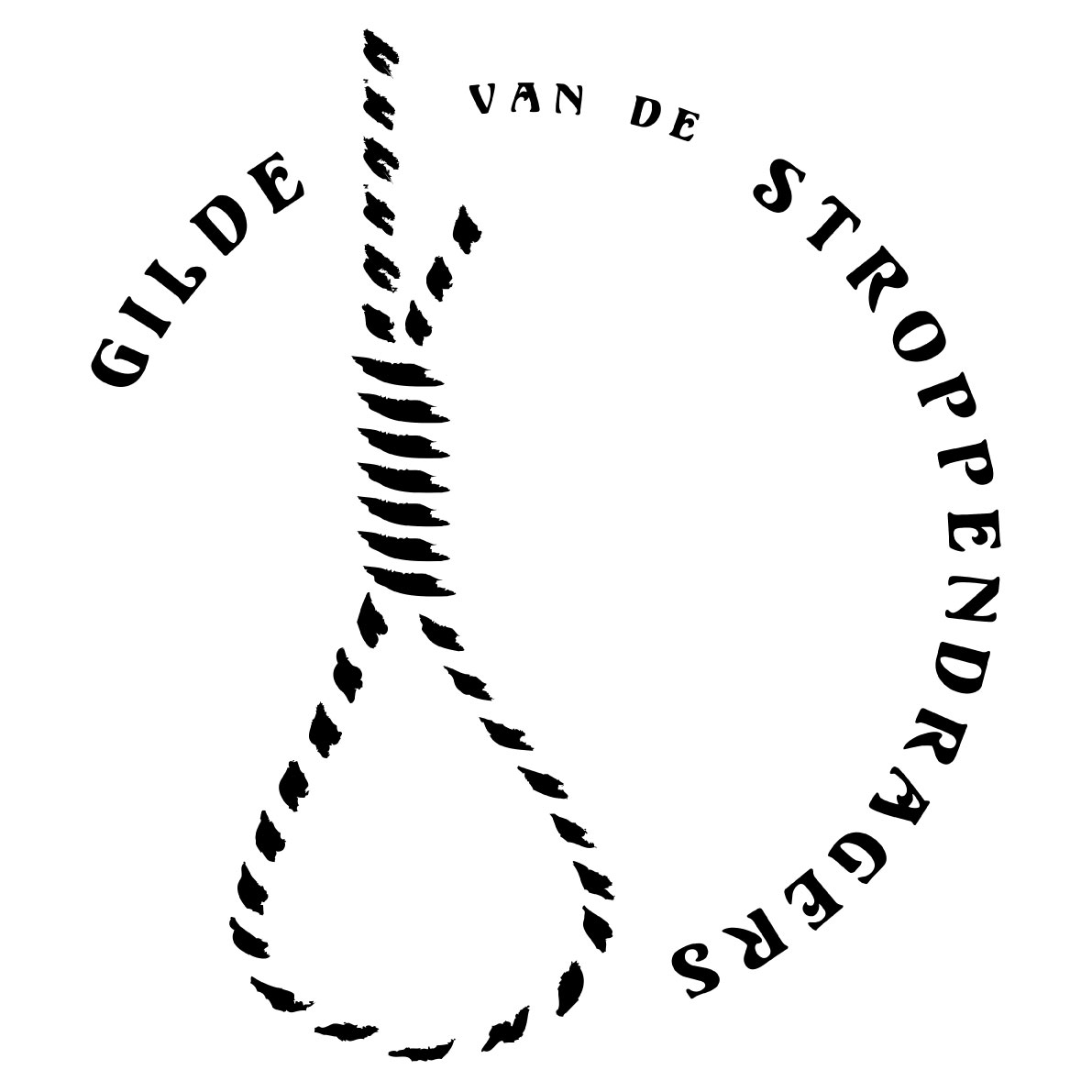On the origin

In the 16th century, Ghent is no longer the mighty economical centre it used to be in the Middle Ages. Little is left of the once flourishing drapery industry and commerce in textile goods; it is a hard time for the city.
In 1537, the city is imposed to pay an additional imperial tax to fund the emperor’s expensive wars. This is a bridge too far… and Ghent refuses payment. After numerous legal procedures, all in vain, it finally comes to an armed rebellion against the monarch.
Provoked by the obstinacy of Ghent, Charles V decides to resolve the matter personally.
On 14 February 1540 the emperor makes his entrance in a frightened city, followed by innumerable prominent people and an army of more than 5000 soldiers.
The imperial sentence that settles the destiny of Ghent, is theatrically proclaimed on 29 April 1540 and demotes Ghent to a common province city. Ghent is found guilty of disloyalty, disobedience, breach of treaty, instigation, mutiny and lese majesty.
Ghent loses all of its freedoms and privileges; the town charters must be handed in; all city goods are confiscated; the alarm bell ‘Klokke Roeland‘ is brought down from the belfry and the city must pay an enormous fine. The Abbey of Saint-Bavo is demolished and on its grounds a menacing Spanish citadel is erected; several town walls and city portals also fall victim to destruction.
The verdict also provides a far-reaching humiliation for the city and its inhabitants.
On 3 May 1540, a procession leaves the vicinity of the town hall direction the Princes Court. The aldermen, town secretaries and all town civil servants, 30 notable citizens, and all deans of trades walk barefooted and dressed in a black undershirt. They are followed by 318 members of small craftsmen guilds, and 50 weavers. The parade is closed by 50 ‘screechers’, dressed in a white shirt; the noose around the neck, as a sign that they deserve to be hanged. In the Princes Court they must kneel down and implore for the monarch’s mercy, in a loud and clear voice. From that moment on the inhabitants of Ghent were nicknamed ‘Noose Carriers‘.
Since 1973, the ‘Guild of the Noose Carriers‘ annually commemorates this humiliation in its parade during the Ghent Festival. This time no longer afraid, but with self-willed pride, they repeat the penalty excursion of 3 May 1540; proud to be a Noose Carrier…
In the course of years the ‘Parade of the Guild of the Noose Carriers’, that always takes place on Friday evening during the Ghent Festival, has turned into an event that lures thousands of enthusiastic spectators to the city centre; also thanks to the ‘Emperor Charles V Foundation’, whose participation gives a colourful surplus value to this historical evocation. It forms one of the highlights of the Ghent Festival. A real must!
